
NO&T Dispute Resolution Update
NO&T Asia Legal Review
While the “collaborative contracting” (CC) model for construction projects has been bandied about for some time now, its development in Singapore has by and large been confined to high-level discussions within select groups and has not really progressed beyond ideation until quite recently. CC after all departs from traditional contracting in fundamental respects, and hence parties (especially employers) may be slow to take to this progressive model of contracting and project management.
In recent months, however, CC started to gather more interest and steam amongst a wider group of stakeholders in the built environment (BE). This is largely thanks to Singapore’s legal fraternity spearheading the dialogue, with the Singapore Academy of Law (SAL) and the Singapore International Commercial Court (SICC) leading with a seminar and fireside chat in April that featured a panel of eminent international and local judges and legal practitioners sharing their perspectives on CC.
A month later, authors of the SAL’s “Guide on Collaborative Contracting in the Construction Industry” (issued in January 2022) shared their views at a seminar by the Society of Construction Law (Singapore) (SCL). Later this year, SCL and the International Statutory Adjudication Forum (ISAF) will be conducting a conference on CC and adjudication.
Taking a step back, CC is in reality only suitable for certain projects and not others. And the successful adoption of CC will very much depend on stakeholders’ appreciation of what it entails and the practical and commercial considerations, requirements and impact of CC on the project. We will share our thoughts below on these issues.
The discourse on CC tends to focus on its virtues. But it is critical to first understand the philosophy and fundamentals of this contracting model before one can meaningfully decide whether to adopt it for any given project.
CC refers to a contracting and project framework whereby the key parties cooperate on all aspects of the project, and share and manage information, risks and rewards based on the principles of mutual trust and gain.
This quite starkly contrasts with traditional contracting where the parties’ respective obligations, risks, costs, profit and liabilities are typically more clearly defined and allocated between them at the outset.
CC typically entails a combination of one or more of the following elements or features:
There is no singular model of or formula for CC. It is up to the contracting parties to determine and agree on the types and extent of collaboration and risk/reward sharing.
In practice, parties will have to carefully assess various key aspects of the project to ascertain whether CC is even suitable for the project in the first place and if so, decide on the features and degree of CC they wish to adopt.
Projects of high value and complexity and short timelines will likely gain the most from the adoption of CC. This is because additional resources and time will invariably have to be invested to coordinate and collaborate amongst the various stakeholders, as well as to collectively administer and manage the project and contract with CC mechanisms and protocols (such as early warning mechanisms, project workshops, and project management systems).
In other words, the scale and nature of the project must justify the time and cost spent on implementing CC, especially where a more involved model of CC is being adopted.
Where time is relatively limited for complex designing or where there are considerable unknown variables, CC generally allows for more flexibility for design development and cost adjustments without imposing the typical risks of additional costs and delays solely on any one party as the conventional contracting model would.
Oftentimes, cooperation and sharing of expertise and information tend to be fairly limited with traditional contracting as the risks and rewards have already been demarcated by the contract. Parties also tend to be more guarded as such contracts typically do not restrict the pursuit of most claims and disputes by adversarial means, unlike some collaborative contracts with ‘no fault’ clauses. As such, the parties are unmotivated to cooperate or innovate beyond the four walls of the traditional contract since there is little or no commercial benefit in doing so. In short, putting aside ‘value-engineering’ clauses that some traditional contracts may have, the project pretty much becomes a zero-sum game once the contract is inked.
CC, on the other hand, creates a fertile environment for all parties (including the owner) to proactively seek solutions to unforeseen issues or challenges, reduce costs and time where possible, and trigger early warning mechanisms for adverse events since these will directly impact the common project bottom line (assuming the contract contains such an arrangement) which will eventually be distributed amongst the parties.
Early warning mechanisms, coupled with liability waivers or restrictions on rights to sue, should also result in higher dispute avoidance and foster a less adversarial environment that is founded on higher levels of trust and transparency. The obvious corollary would be reduced litigation risks and costs for the parties.
With each party being relatively unburdened by the spectre of exclusively shouldering the consequences of project cost and schedule deviations, and instead incentivised by the prospect of higher rewards with improved efforts, the parties will also be encouraged to engage in innovation and value-engineering to reap shared potential gains through higher efficiencies. In theory, CC should, in a suitable project, increase the size of the pie for all to partake in.
But of course CC is not without its potential challenges and downsides. Firstly, the obvious flipside of CC’s flexibility and looseness is design and cost uncertainties (at least at the initial stages), which could lead to cost and time overruns.
It is also conceivable that consensual and collaborative processes and decision-making will come at a cost at times where timely unilateral instructions or actions are necessary due to time pressures, deadlock or other commercial considerations.
Where CC involves parties’ wavier of rights and claims, it may unwittingly create moral hazards resulting in risky behaviour that would otherwise not occur with a conventional contract that allocates the consequences.
In Singapore the public sector has largely been the driving force behind CC. Although CC is in its nascent stages, the Ministry of National Development (MND) and the Building Construction Authority (BCA) have made recent concerted efforts to champion the uptake of CC in Singapore.
In 2020, Punggol Digital District (PDD) was the first major public project to adopt CC. PDD is Singapore’s first smart, integrated business, learning and lifestyle hub, and slated to be completed in 2024. The PDD project adopted a relatively light version of CC by the incorporation of an optional module for collaborative contracting that was introduced in the Public Sector Standard Conditions of Contract (PSSCOC) in its latest 2020 edition.
The PSSCOC is the standard form contract typically used in Singapore public sector projects. It is generally favourable to the employer, which is common with conventional construction contract forms. While the PSSCOC’s optional module for CC contains some CC features such as an early warning mechanism and tiered, alternative dispute resolution procedures, it does not feature more committed and robust CC elements such as shared risks or profits and liability waivers. This leaves more to be desired in the promotion and adoption of CC in Singapore.
More recently in September 2022, the MND unveiled a refreshed BE Industry Transformation Map (ITM). The BCA reported that the ITM “seeks to foster alliances and uplift stakeholders across the BE [built environment] value chain for greater productivity, resilience and sustainability”. One of the ITM’s key transformation areas is Integrated Planning and Design (IPD) which involves closer collaboration within the BE sector, and builds on the existing use of digital technology to connect stakeholders.
Adopting CC in any project will be a paradigm shift for most who are well-accustomed to the rights/obligations/claims-based approach in traditional contracts since CC, in contrast, is underpinned by shared risks and rewards, trust and transparency. As such, the successful adoption and implementation of CC will require an active change of mindsets and attitudes, and the full buy-in from all key stakeholders and their project members at all levels.
There also needs to be further education and dialogue within the relevant sectors to increase awareness and help various stakeholders better appreciate not only the pros and cons of CC but also the nuances and available features within the CC spectrum. Intuitively, such initiatives should be led by industry leaders and supported by government organisations.
In Singapore’s case, given sustained demand for public sector works, public agencies and public-owned employers are the natural frontrunners for spearheading CC and acquainting contractors with the model through leading by example. Apart from PDD, we understand that the CC model will be used in at least 9 other public projects in the pipeline.
But even with such optimistic aspirations for CC, the real test of CC’s success (or not) is in its actual implementation during the lifetimes of these projects and the eventual returns to stakeholders. It is only when the dust settles and the hard numbers add up at the end of the day that CC can properly be evaluated – and perhaps adapted and finetuned for future experiences.
This newsletter is given as general information for reference purposes only and therefore does not constitute our firm’s legal advice. Any opinion stated in this newsletter is a personal view of the author(s) and not our firm’s official view. For any specific matter or legal issue, please do not rely on this newsletter but make sure to consult a legal adviser. We would be delighted to answer your questions, if any.
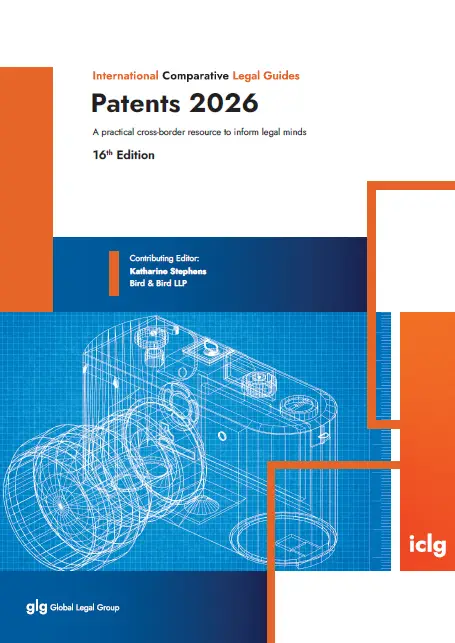

(October 2025)
Kenji Tosaki
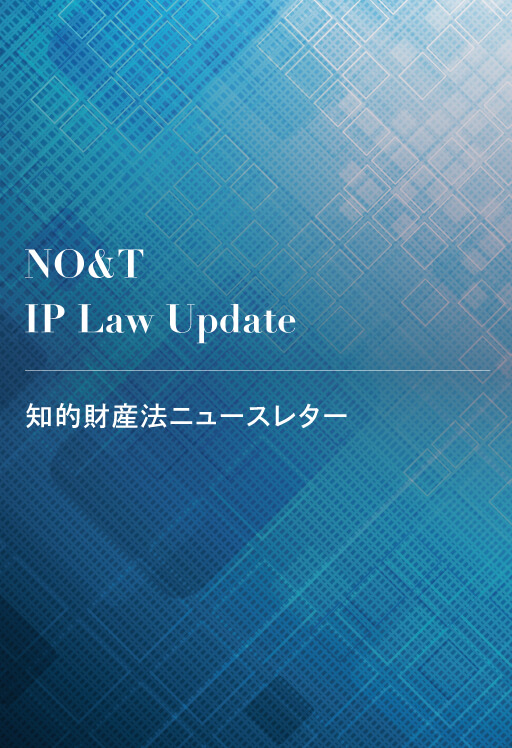

Kenji Tosaki, Takahiro Hatori, Nozomi Kato (Co-author)


Claire Chong, Nozomi Kato (Co-author)
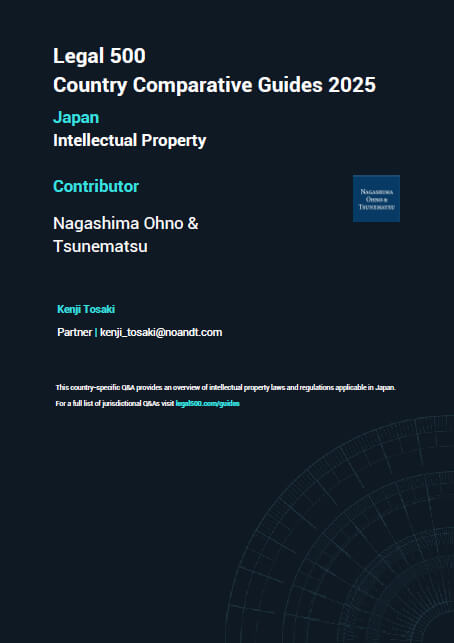

(September 2025)
Kenji Tosaki


Justin Ee, Kennosuke Muro (Co-author)
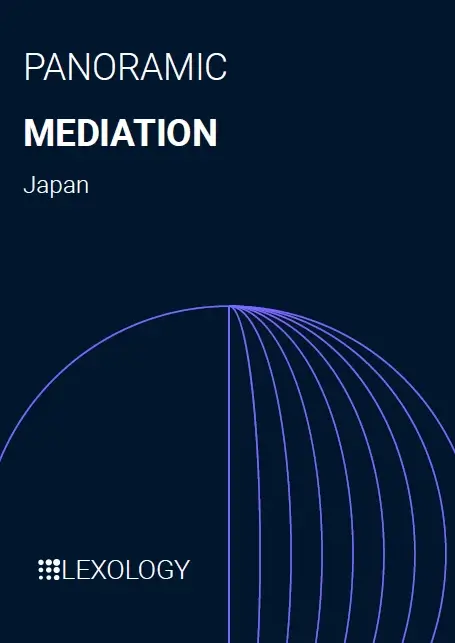

(July 2025)
Junichi Ikeda, Tomohiko Nabeshima, Akiko Inoue (Co-author)
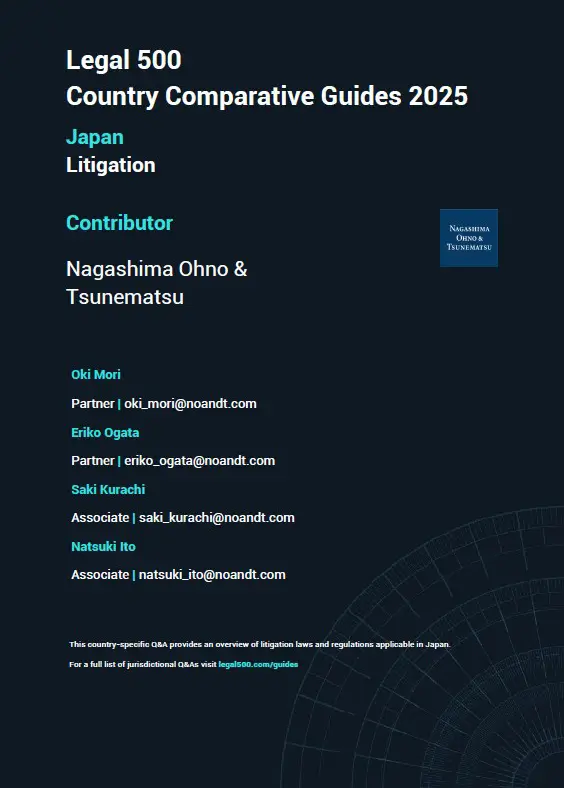

(July 2025)
Oki Mori, Eriko Ogata, Saki Kurachi, Natsuki Ito (Co-author)


Hiroki Tajima


Supasit Boonsanong, Thananya Pholchaniko, Phareeya Yongpanich (Co-author)


Patricia O. Ko


Claire Chong, Nozomi Kato (Co-author)


Yuan Yao Lee


Supasit Boonsanong, Thananya Pholchaniko, Phareeya Yongpanich (Co-author)


Patricia O. Ko


Claire Chong, Nozomi Kato (Co-author)


Yuan Yao Lee


Claire Chong, Nozomi Kato (Co-author)


Justin Ee, Kennosuke Muro (Co-author)


Kara Quek, Kennosuke Muro (Co-author)


Annia Hsu, Kennosuke Muro (Co-author)